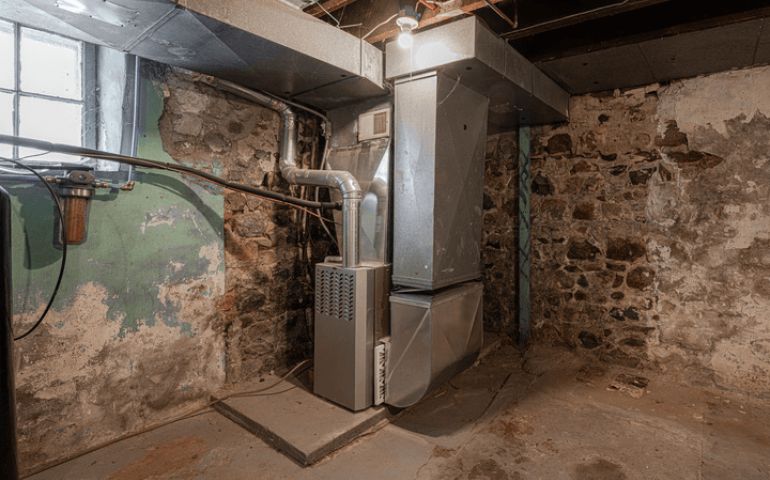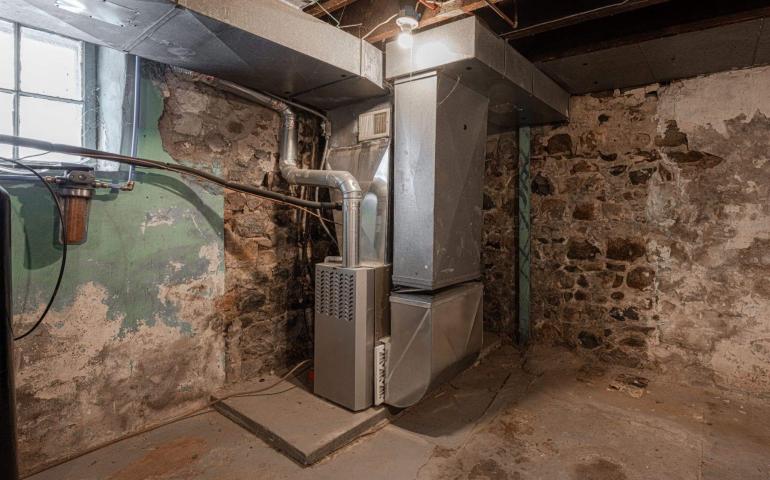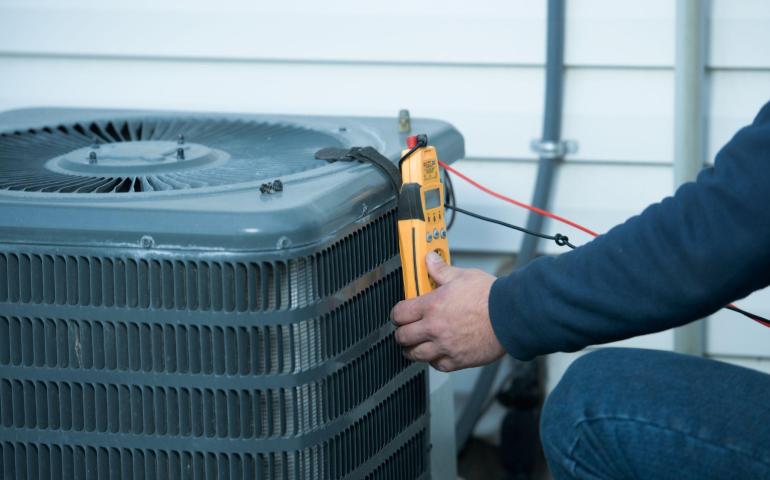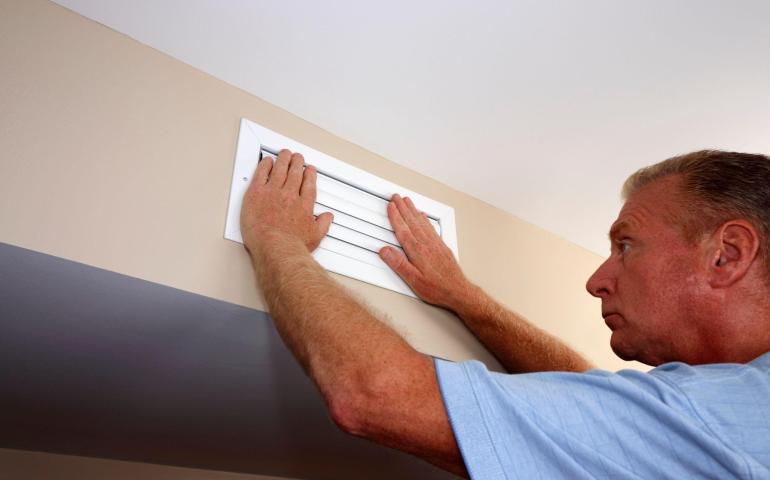The quality of the air you breathe indoors is just as important as that of the air you breathe outside your home. Air quality can especially severely impact those with underlying health conditions. This article will cover the importance of installing a carbon monoxide and carbon dioxide detector in your home and how they work.
How Do Carbon Monoxide Detectors Work?
Most carbon monoxide detectors use an internal electrochemical sensor submerged inside a special electrolyte. The sensor is housed inside a compartment that allows gases to pass through. Although carbon monoxide does not conduct electricity, a chemical reaction produces an electric charge distributed via the electrolyte to the sensor. The concentration of carbon monoxide in the air can then be measured by determining the strength of the electric current produced by the chemical reaction inside the electrolyte.
Effects of Too Much Carbon Monoxide On The Human Body
The dangers of inhaling too much carbon monoxide are very real. Carbon monoxide becomes deadly at a much lower concentration than carbon dioxide - about 400 parts per million for healthy individuals. In fact, carbon monoxide is known as a silent killer because you cannot taste, see or smell it. Many people die from severe exposure before they even realize they've been exposed to dangerous levels - often while sleeping! Here are the symptoms you can expect at various concentrations.
- 10 to 20 ppm (Slight Exposure) - You may experience minor symptoms such as fatigue or mild chest pain at this range. Investigate possible sources, including faulty household appliances like refrigerators, furnaces, gas stoves, etc., and have any problems repaired as soon as possible.
- 20 to 75 ppm (Moderate Exposure) - You may suffer more severe symptoms such as dizziness, confusion, nausea, and blurred vision at this range. Evacuate all residents to fresh air, and repair any defective household appliances you find immediately.
- 75 to 200 ppm (Severe Exposure) - At this range, the onset of severe symptoms such as Angina, dizziness, blurred vision, and reduced brain activity is common. You must evacuate your home and seek medical assistance. Do not reenter your home until the professional has completed all necessary repairs. Pay special attention to those with underlying health issues, especially at the high end of this range.
- Greater than 400 ppm (Fatal Exposure) - Evacuate your home immediately and contact emergency services. Loss of consciousness is common in this range. Death can occur within minutes if the victim does not receive immediate medical treatment. Do not reenter the home until told it is safe to do so.
How Do Carbon Dioxide Detectors Work?
Carbon dioxide detectors use a different type of sensor known as a Non-Dispersive Infrared sensor that takes samples of the air inside your home and measures the amount of light that passes through the sample. Carbon dioxide absorbs light of a specific wavelength while allowing other wavelengths to pass through. The sensor then measures the amount of absorbed light, which is passed to the detector's screen.
Effects of Too Much Carbon Dioxide On The Human Body
Carbon dioxide is considered much more benign than carbon monoxide. In fact, our bodies move and store carbon dioxide all the time! Still, too much carbon dioxide can also be fatal, although it takes a much higher concentration. Here are some of the effects at various levels of exposure.
- 5,000 to 10,000 ppm (Slight Exposure) - Symptoms are minor and depend on the individual. Some may experience no symptoms; others may experience slight drowsiness. Seek out the source and repair it as soon as possible.
- 10,000 to 30,000 ppm (Moderate Exposure) - This range may cause moderate respiratory issues in some individuals. Seek out the source and repair it as soon as possible.
- 30,000 to 50,000 ppm (Severe Exposure) - Many of the same symptoms as moderate carbon monoxide exposure occur at this range. Evacuate the home and have a professional repair the issue.
- Greater than 50,000 ppm (Fatal Exposure) - Acute respiratory issues, shortness of breath, and possibly death. Immediate evacuation is necessary. Contact emergency services for prompt medical attention. Pay special attention to those with underlying health issues.
Which Detector Will You Choose?
Indoor air quality is just as important as the air you breathe outside. Serious health complications can result, especially from carbon monoxide poisoning. Do not leave your health or that of your loved ones to chance! Contact Master Mechanical to set up an appointment for installation or maintenance.






